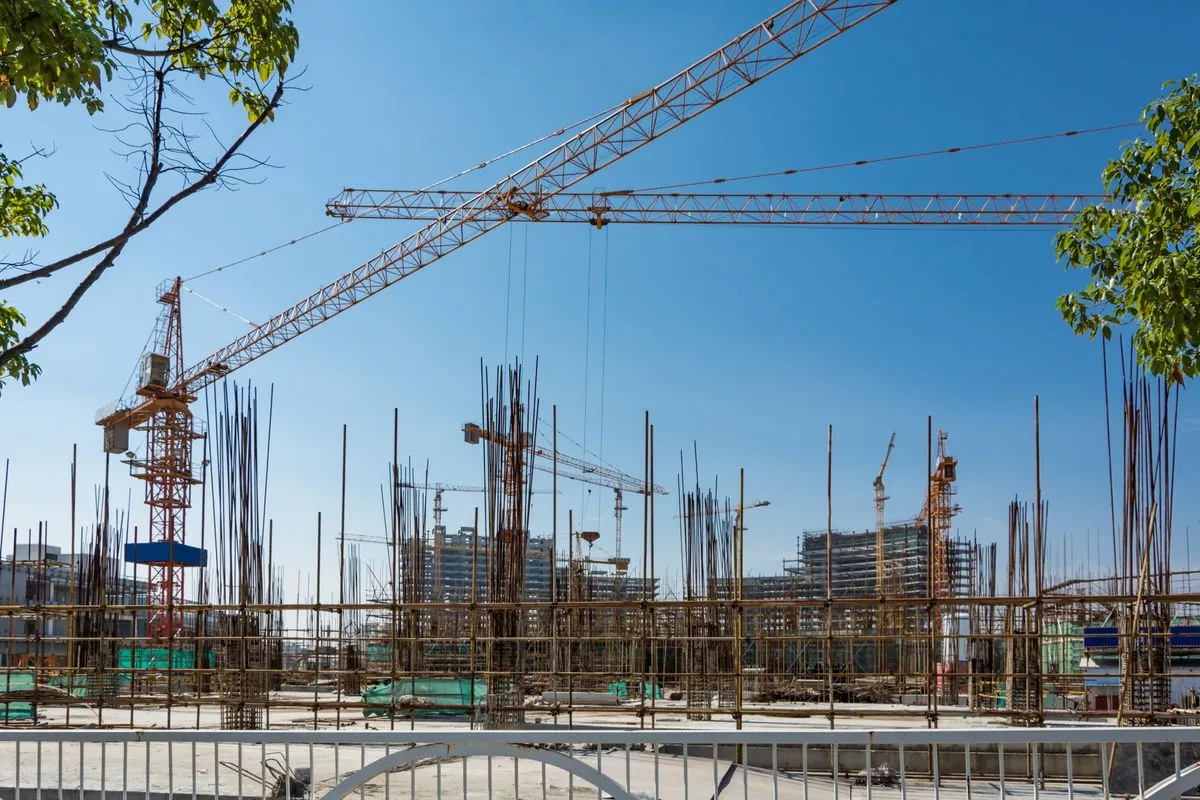The UK housing sector is facing a critical juncture as Angela Rayner, the housing secretary, unveils an ambitious plan to construct 1.5 million homes within five years. This target, not achieved since the 1970s, represents a 50% increase from England's current building rate. However, industry experts express significant doubts about its feasibility.
The proposal aims to revitalize "grey belt" land and boost affordable housing. Yet, developers, housing associations, and economists remain skeptical, pointing to systemic issues in the current affordable housing model that could hinder such grand ambitions.
One of the primary concerns is the slowing sales of affordable homes. Developers struggle to find buyers for each new project, a situation exacerbated by financial pressures on housing associations. These organizations, traditionally buyers of leftover affordable stock, are grappling with the aftermath of rent cuts imposed by the previous government and increased costs for repairing existing properties plagued by mould, damp, and safety issues highlighted after the Grenfell tragedy.
"It's a perfect storm for housing associations. Interest rates have shot up, mould and damp problems in their existing stock now have to be fixed due to government scrutiny, and building safety costs are racking up."
The cornerstone of affordable housing development in England, Section 106 legislation, is under scrutiny. Introduced in 1990, this planning law requires developers to include a proportion of affordable housing in new projects. While it has been a primary source of affordable homes since 2010, experts argue it may be counterproductive.
Christian Hilber, a professor at the London School of Economics, suggests that Section 106 might actually increase overall house prices, contradicting its intended purpose. The legislation's requirements can lead to fewer homes being built, potentially driving up prices across the board.
The UK housing crisis, ongoing since the 1980s, has seen average house prices skyrocket to 65 times their 1970 levels. In 2023, the average UK house price stood at £288,000, highlighting the growing affordability gap. This crisis disproportionately affects young people and low-income families, with the average age of first-time buyers rising from 31 in 2007 to 34 in 2023.
The government faces additional challenges, including a shortage of skilled construction workers and the need to balance development with environmental concerns. The UK's green belt policy, introduced in 1955, continues to restrict urban sprawl around major cities, complicating efforts to increase housing supply.
As the debate continues, the Ministry of Housing, Communities and Local Government promises further reforms in the upcoming autumn Budget. The success of these measures will be crucial in addressing the UK's persistent housing crisis and meeting the ambitious targets set by Angela Rayner.
